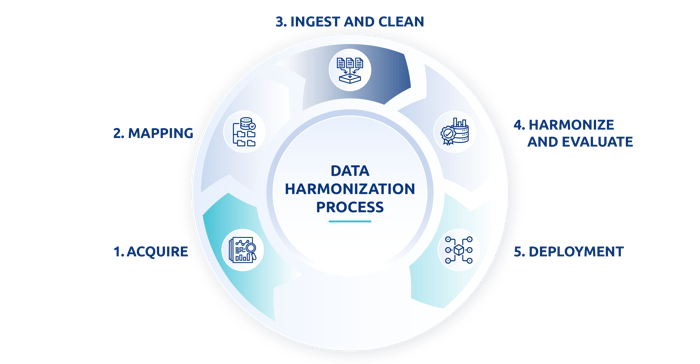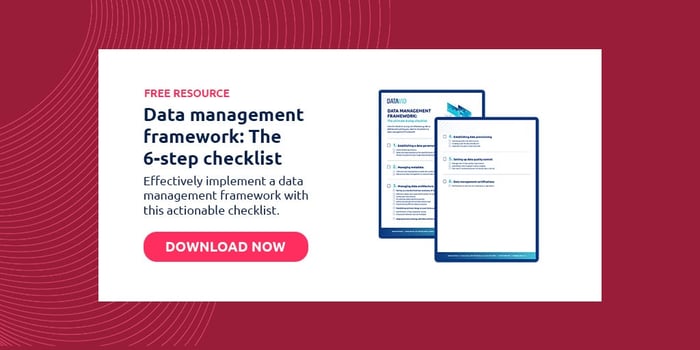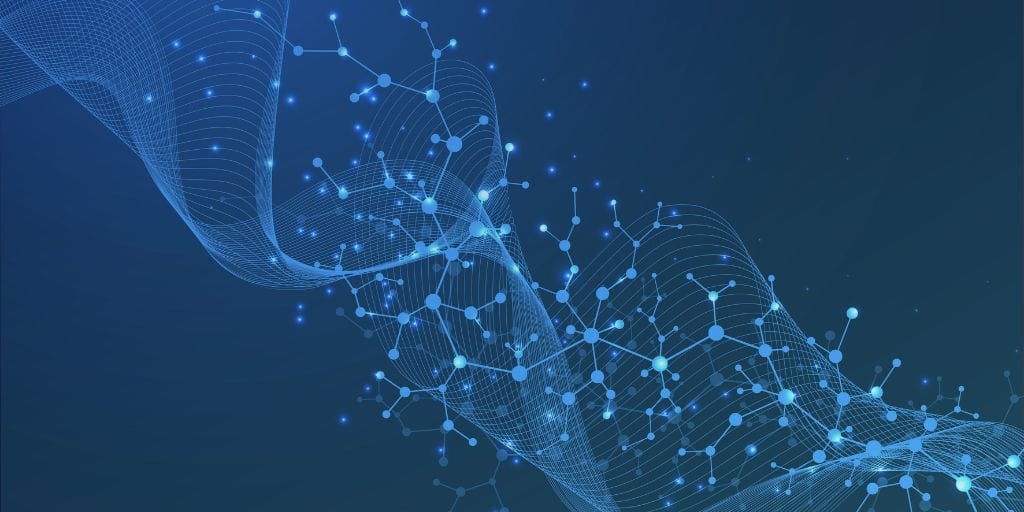3 minute read
Data harmonization: Steps and best practices
Data harmonization is about standardizing & integrating data from different fields, formats, and dimensions. Learn more about its process & best practices.
Table of contents
In the fast-paced world of data-driven decision-making, organizations are constantly grappling with massive volumes of diverse data.
But what happens when this data is fragmented, scattered across different sources, and encoded in various formats?
The result is chaos, inefficiency, and missed opportunities. The answer lies in transforming this data cacophony into a harmonious symphony of insights.
In this blog post, we will uncover the transformative potential of data harmonization and explore how to unify disparate datasets, bridging gaps between systems, and eliminating data silos.
What is data harmonization?
Data harmonization is the process of standardising and integrating data that comes in from different disparate data fields, formats, and dimensions. It aims to improve the quality and usability of data, and can be accomplished in 5 steps.
Data harmonization enables users to access clean and consistent data, minimising complexity. It allows us to use all data in business processes without any variations in format or data types, recognising data in a single unified schema. Machine learning can also be integrated into the harmonization process if required.
Data harmonization solutions may differ and depend upon factors such as the variety and volume of sources, goal of business processes, structure of data coming from various sources, reliability of data from each source etc.
How does data harmonization work?
Data harmonization is a semi-automated process that involves a set of activities customised to a specific business model.
The process usually has the following steps:

Step 1: Acquire
In this step, relevant data sources are identified. From those sources, data is acquired and data sets are created. This source could be target business documents, consumer research information, market research information, etc.
Step 2: Mapping
A single schema is created for the whole data to follow. This schema contains all the necessary fields and validations.
Step 3: Ingest and clean
Data is ingested in a system as raw data. Ingested data is then evaluated for its integrity and validity. Incorrect, inaccurate, or inconsistent parts of the data are identified according to the schema and—if needed—modified. Cleaning is done to maintain data quality and produce clean, uniform, and consistent data.
Step 4: Harmonize and evaluate
Now the defined schema is applied to raw data and harmonized data is obtained. Analyses are done to check that the harmonized data meets the quality standards with no loss in its accuracy and originality. Harmonization usually happens according to your business and the processes you adopted.
Step 5: Deployment
Finally, harmonized data is deployed on the system and made available for further processing. This up-to-date data is accessed across all parts of the organisation and can be modified according to the need. Now teams and departments don’t have to develop their own datasets, which are likely to be expensive, time-consuming, prone to error, and conflicting.
Why do we need data harmonization?
Data in the organisation comes from various sources.
This data could be of various forms and formats: it may be coming from customer research, market research or inter-organisation departments. Without data harmonization, you may miss the complete view of business performance. If you don’t harmonize data, you are also likely to miss some data pieces which ultimately affects performance. Also, management can miss potential opportunities because data is widespread and in disparate forms.
Data harmonization supports decision-making and provides efficient data processing. It gives more accuracy and reliability in business decisions and it enhances the quality of business data. As data is ready to process and up to date, this will make your company more agile and responsive to market changes.
Taking data from various sources each time and processing it requires more time, increases complexity, and leads to more chances of inaccuracy (which is a traditional ETL approach). But with data harmonization, the data would be more accurate, reliable, and easy to operate. When we have centralised data it's easy to update it timely, it requires less time in indexing, verifying, and tracking.
Best practices of data harmonization
Good data harmonization is a combination of manual techniques and automated tasks. To make it an automated process, there must be a mixture of of both a technician's skills and AI. AI is useful if there is less probability of errors and higher speed in executions.
Try to establish an institutional mechanism for managing data harmonization. Build a common mechanism so it’s easy to manage and update.
Build a "smart" data model that meets future demands, so you don’t have to change it every time, only requiring a few changes to go for deployment, helping the business perform faster.
Before starting with data harmonization, establish its objectives. Start by clearly defining your business objectives and the requirements for data harmonization. Understand the purpose of the harmonized data and the specific outcomes you want to achieve.
Frequently Asked Questions
What is the purpose of data harmonization?
The purpose of data harmonization is to integrate, standardize, and unify data from different sources or formats, making it consistent and compatible for analysis and comparison.
What are the steps of data harmonization?
1) Acquire 2) Mapping 3) Ingest and clean 4) Harmonize and evaluate 5) Deployment
What is an example of harmonization?
An example of data harmonization is converting the same type of information, like dates, into a consistent format across multiple datasets. For instance, converting dates from "MM/DD/YYYY" to "YYYY-MM-DD" to ensure uniformity and compatibility for analysis.




